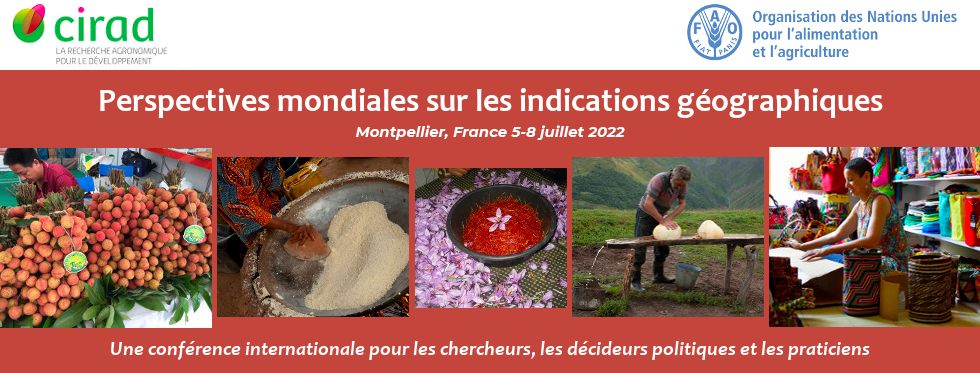It is well-known that consumers' hedonic evaluation and purchase intention of food products are affected by external contexts and varying environments. The information plays an important role in the formation of expected and actual sensory acceptances and in identifying consumers' willingness to pay (WTP). In this research, we assess the impact of emotional and objective storytelling using audio-visual and infographic communication materials on the liking scores and WTP of two Protected Designation of Origin (PDO) in Catalonia. The starting hypothesis is the superiority of the emotional discourse versus the objective narrative in affecting consumers' acceptability and preferences. In this context, the main objective of this study is to analyse the impact of the emotional storytelling on consumers' preferences and acceptance. Furthermore, to assess how the emotional message positively influence the consumers' sensory perceptions and intentions for two Protected Designation of Origin: The Hazelnut of Reus and the Cheese of the Alt Urgell and the Cerdanya.
Data were obtained during April 2020 from a self-completed structured questionnaire jointly with a hedonic sensory analysis. A quota sampling approach was used with gender, age and postal districts as stratification variables. Participants were recruited from the metropolitan area of Barcelona province, that are exclusively or mainly responsible of the household food shopping and who have consumed hazelnuts and cheese at least once in the last two months. Two methodological approaches were followed: The between and the within samples comparisons. The former is based on comparing the impact of the emotional and objective storytelling using two communication formats between two samples that are similar in term of socioeconomic characteristics (gender, age and social class). The second approach aims at comparing the impact of the emotional and objective storytelling within the same sample (80 consumers) by randomly presenting participants with the two type of information and communication formats. To reduce the order effect and the sensory interactions between the products (hazelnut and cheese), the presentation of the products and the communication format were randomized.
Results from the within sample approach showed that using an audio-visual emotional storytelling, the PDO (hazelnut) was more accepted (hedonic score) and preferred (WTP) than the other market leading brand. However, small differences were found when the between samples approach was applied. Results confirmed that using an objective storytelling message in an exclusive way would lead to unsatisfactory action to differentiate the PDO from the other market brands. The emotional storytelling improved the consumers' sensory perceptions when the format of the information used was the audio-visual. However, when the written communication (infographic) was used, the sensory perception of the PDO (cheese) was maintained invariant. The emotional narrative compared to the objective one may had not only a positive impact on consumers' acceptance but also on their WTP. This result represents a roadmap for improving the communication strategy of the PDO by additionally focusing on the emotional aspects of the production systems and their human factor jointly by objectively highlighting their differentiating cues from the competing brands.



